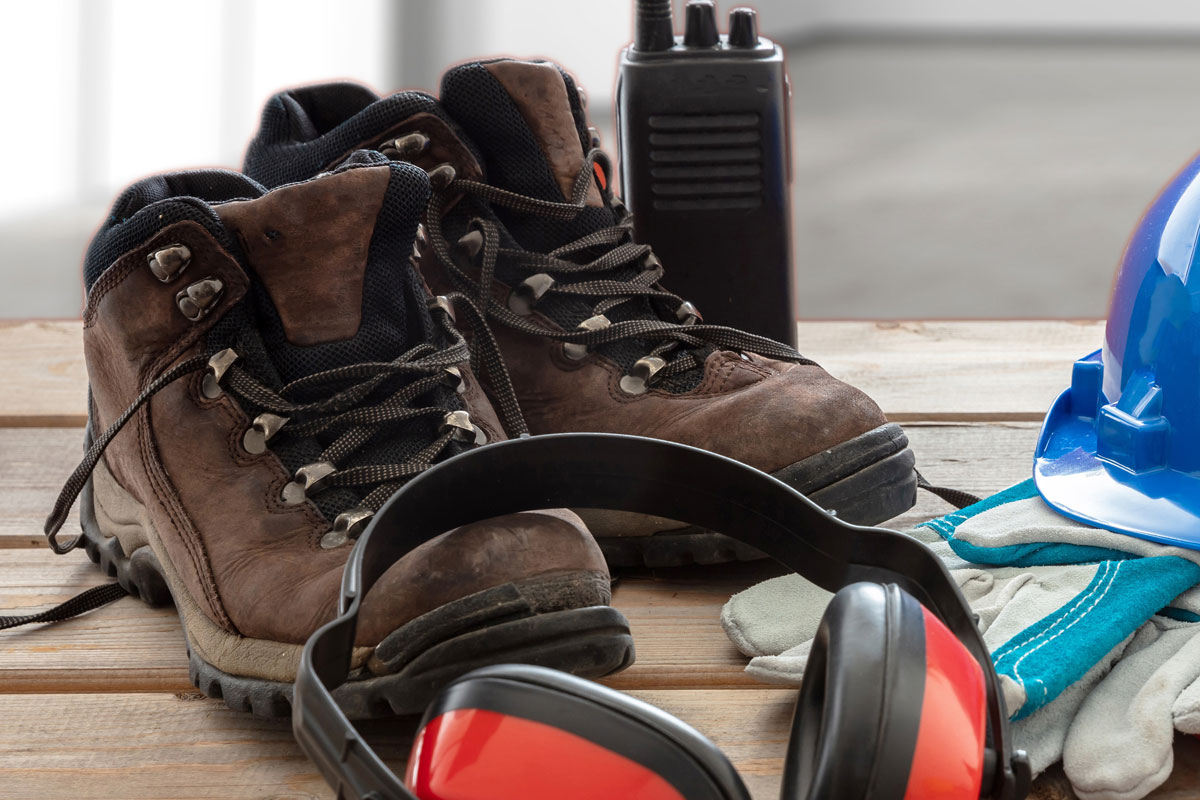
Safety Matters – Manufacturing
Safety Footwear in the Manufacturing Environment
When it comes to ensuring the health and safety of workers in the manufacturing industry, the importance of personal protective equipment (PPE) cannot be overstated.
Protection of this nature is typically focused on the head, eyes and hands. However, one often overlooked and important type of PPE is safety footwear, which is designed to protect workers’ feet from common manufacturing hazards.
Depending on the job activity and equipment you use, the following exposures could lead to serious foot injuries:
- Corrosive materials
- Electrical hazards
- Hot or slippery surfaces
- Static electricity, which could cause an explosion under the right conditions
- Heavy objects, which could fall or roll onto feet, crushing them
- Sharp objects, which could puncture feet
- Molten metal, which could splash onto feet and cause burns and other injuries
When these risks are present in the workplace, workers must wear protective footwear to ensure safety and reduce injury risks. This blog examines various types of safety shoes common in manufacturing.
Types of Safety Footwear
There are several factors that determine what type of footwear is appropriate for each person, including the potential hazards they’re exposed to, the machinery they use and the requirements of their position. What’s more, there are different types of safety shoes, each designed to mitigate specific workplace hazards. The following are the most common kinds of protective footwear:
- Steel-toe, reinforced safety-toe or reinforced toecap shoes – These types of shoes are designed to protect against crushing injuries caused by falling or dropped objects. For extra protection, metatarsal guards can be used, which help to safeguard the bones between toes and ankle.
- Puncture-resistant shoes – These shoes are typically reinforced with metal and are designed to prevent injury should a worker step on a nail, screw or other sharp object.
- Metal-free footwear – These types of shoes are nonconductive and protect against electrocution risks. Generally speaking, these types of shoes can provide protection for up to 600 volts of electricity in dry environments. It should be noted that moisture and wear on shoes can impact the effectiveness of these kinds of safety shoes. For added protection around electricity, follow all applicable safe work procedures and wear metal-free footwear alongside other nonconductive PPE.
- Nonslip soles (rubber or wooden) – Slip-resistant shoes are equipped with a specialized sole that can reduce slip, trip and fall risks. These shoes are especially common in shop environments where cords, materials and other items increase trip hazards.
- Insulated footwear – These shoes are designed to protect feet against extreme temperatures. It should be noted that there are specific shoes for both hot and cold environments. Furthermore, risks related to chemical burns require specially treated shoes.
Regardless of the type of safety shoes used, it’s important to ensure they fit properly and are well maintained. Safety shoes should be inspected before each use for signs of wear. If a shoe is cracked or shows other signs of damage, it should be replaced immediately.
For additional help selecting the right safety footwear for the task at hand, workers should be able to get the advice they need from their supervisor.
Consult With The Safety Experts
To learn more about workplace safety, talk to the manufacturing safety experts at VTC Insurance Group. We have the knowledge and experience to help workers stay safe on the job. Give us a call at 248.828.3377 or visit vtcins.com.
This blog is for informational purposes only and is not intended as legal advice.


